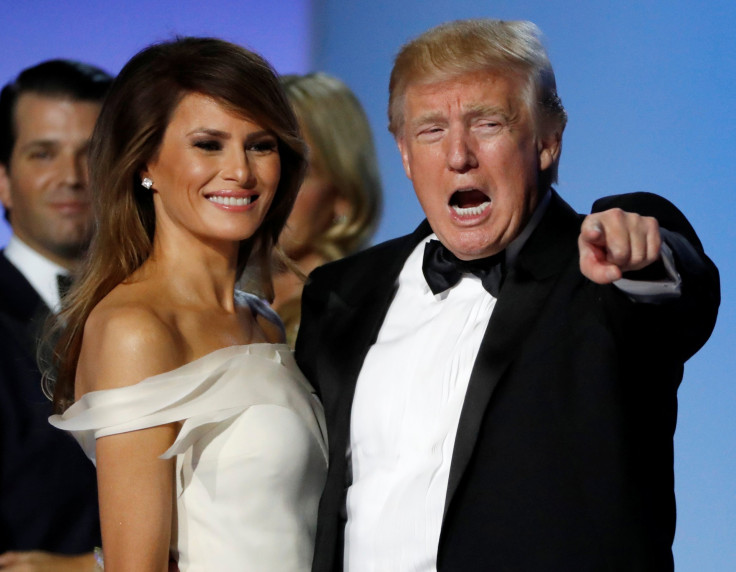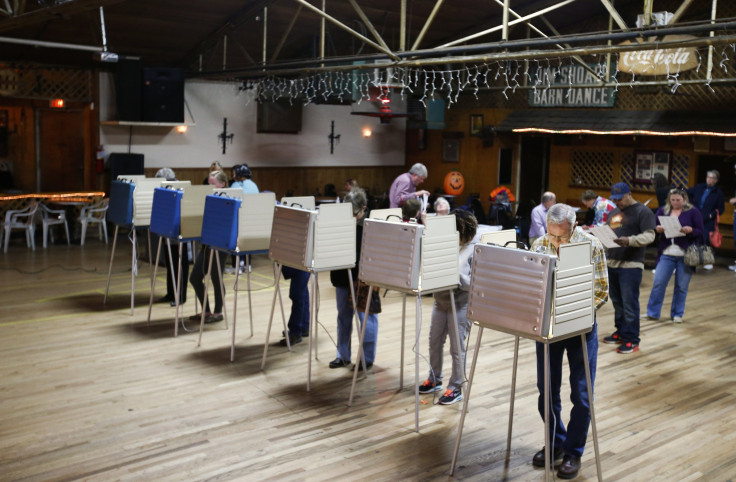Why Don’t People Vote? Donald Trump Won Because Of Battleground States, New Report Shows

President Donald Trump spent the final leg of his 2016 campaign visiting a bevy of towns and cities, sometimes several in the same day, making his case to the American people in battleground states like Michigan, Wisconsin and Pennsylvania. A new report published Thursday indicated the Trump campaign’s courting of those critical regions helped him secure the Oval Office against his opponent, former Secretary of State Hillary Clinton.
The U.S. Elections Project report also revealed more voters – nearly 139 million – participated in the most recent election than former President Barack Obama’s 2012 reelection against former Massachusetts Gov. Mitt Romney. Obama’s first election in 2008 saw greater turnout than Trump’s, however, with 62.2 percent of eligible voters taking part compared to 60.2 percent in 2016.
Read: Who Likes Trump? Old, Uneducated White Men Are The President’s Biggest Supporters, Poll Finds
Still, neither president, nor any in recent American history, saw record-breaking droves of voters flock to the polls. There are numerous theories to explain why hundreds of millions of Americans sit out of local and national elections each cycle. Experts said it may have to do with many voters feeling unrepresented by any candidate and disconnected from political parties and their agendas.

Others have said it was simply because many Americans are left out of the national conversation and uninformed of political discourse due to socioeconomic factors.
"People are more likely to vote if they have information about the candidates and the process of voting, higher levels of income and education, find themselves living and working in networks of other people who vote," Barry Burden, political scientist at the University of Wisconsin, Madison, told Science News last year. "Other people who are disadvantaged in those ways are much less likely."
Brian Miller, executive director of the voter outreach organization Nonprofit Vote, said Americans were less inclined to vote if they don’t see stark differences between candidates.
"People in those nonbattleground states, they know their vote doesn’t really matter, so they’re less likely to turn out," Miller told The Hill Thursday. "States where there’s a meaningful choice, where there’s real competition, folks are more likely to go out and vote."
© Copyright IBTimes 2024. All rights reserved.






















